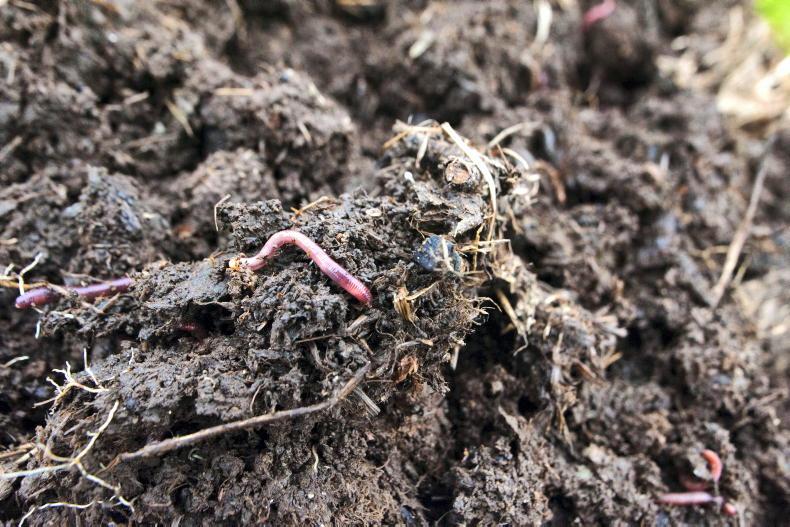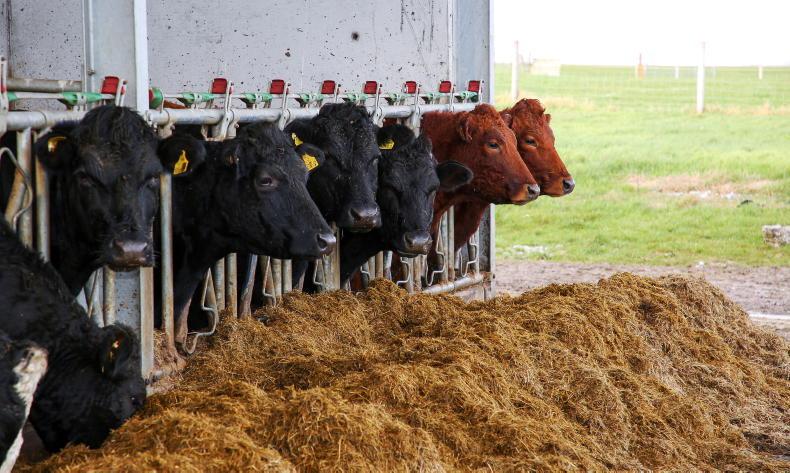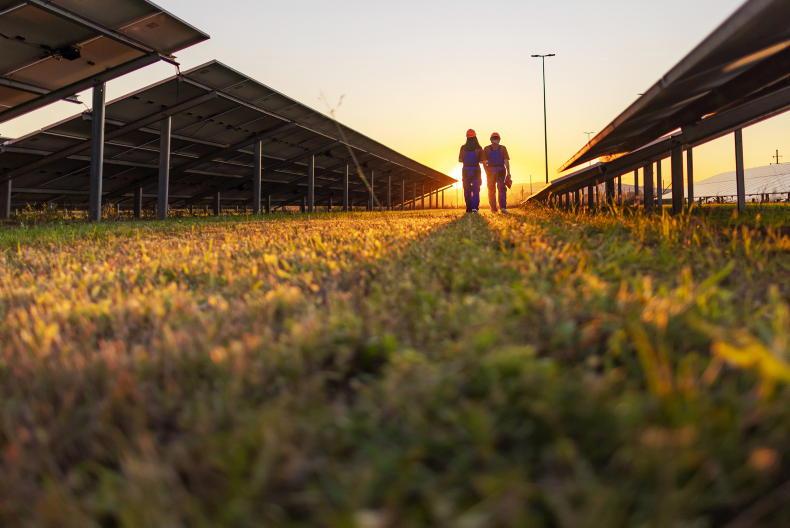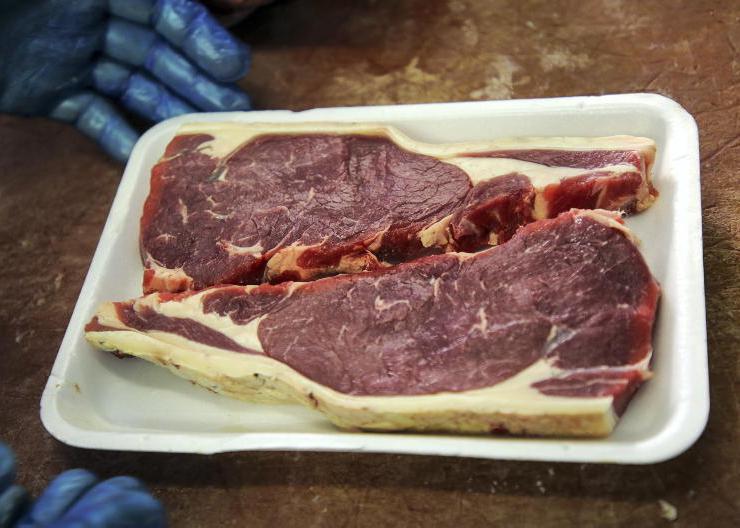As we leave behind what was truly an exceptional year for the tillage sector, the single new year wish would be for the same again, please.
As December 2022 slips into the annals of tillage history, we will hope for a repeat in 2023 but without war and suffering.
After roughly 1,720 editions of the Irish Farmers Journal weekly management column, the time has come for me to step away from this responsibility and pass on the baton to the next generation. The past 3.25 decades in tillage have seen enormous change; from a production-driven era right through to one where production is to be constrained by policy.
So it is time to hand over the reins to Siobhán Walsh. Over the past few weeks, many of you have outlined the importance of this weekly husbandry reminder to your farm businesses. However, changing policy will inevitably change its focus over time. Much of my time was spent reminding you about husbandry aspects around inputs. Much of the next decade or two is likely to have a greater focus on doing things that will help reduce our dependence on inputs – a change to IPM measures from plant protection products.
My final single message is that doing things that help soil health and sustainability will ultimately decrease our dependence on inputs while, at the same time, giving us higher yield potential. We need to climb back up to the top of the world yield rankings but to do this with less overall dependence on inputs.
New technologies will help offset some of our dependence on bag or bottle inputs but they too will cost money. Productive farming into the future will depend on maximising what nature can give while minimising our dependence on at least some current inputs.
I would like to say thanks to the very many readers who took time to call, email or text me regarding my efforts on behalf of the tillage sector during my tenure. Those comments are greatly appreciated.
The business of farming continues despite the changing of the guard. As previously stated, it is important to get your farm records up to date, in particular your spray and fertiliser records, as well as your nutrient management plan for 2023.
Now is the time to consider essential decisions for the year ahead. Cost increases seem likely to remain or increase further, so you need to consider what you can do about each one. Is every input needed in every field or just applied because of convenience? Not applying an input in one field could help to offset the increased cost in others.
The most basic question is what to grow for 2023. Forward prices in the grain market do not incentivise cereal production but they make alternatives like oilseed rape and beans appear more attractive.
One last piece of advice – don’t just plan the crop, plan the rotation. How crops fit together is a potential driver of performance and profitability.










SHARING OPTIONS